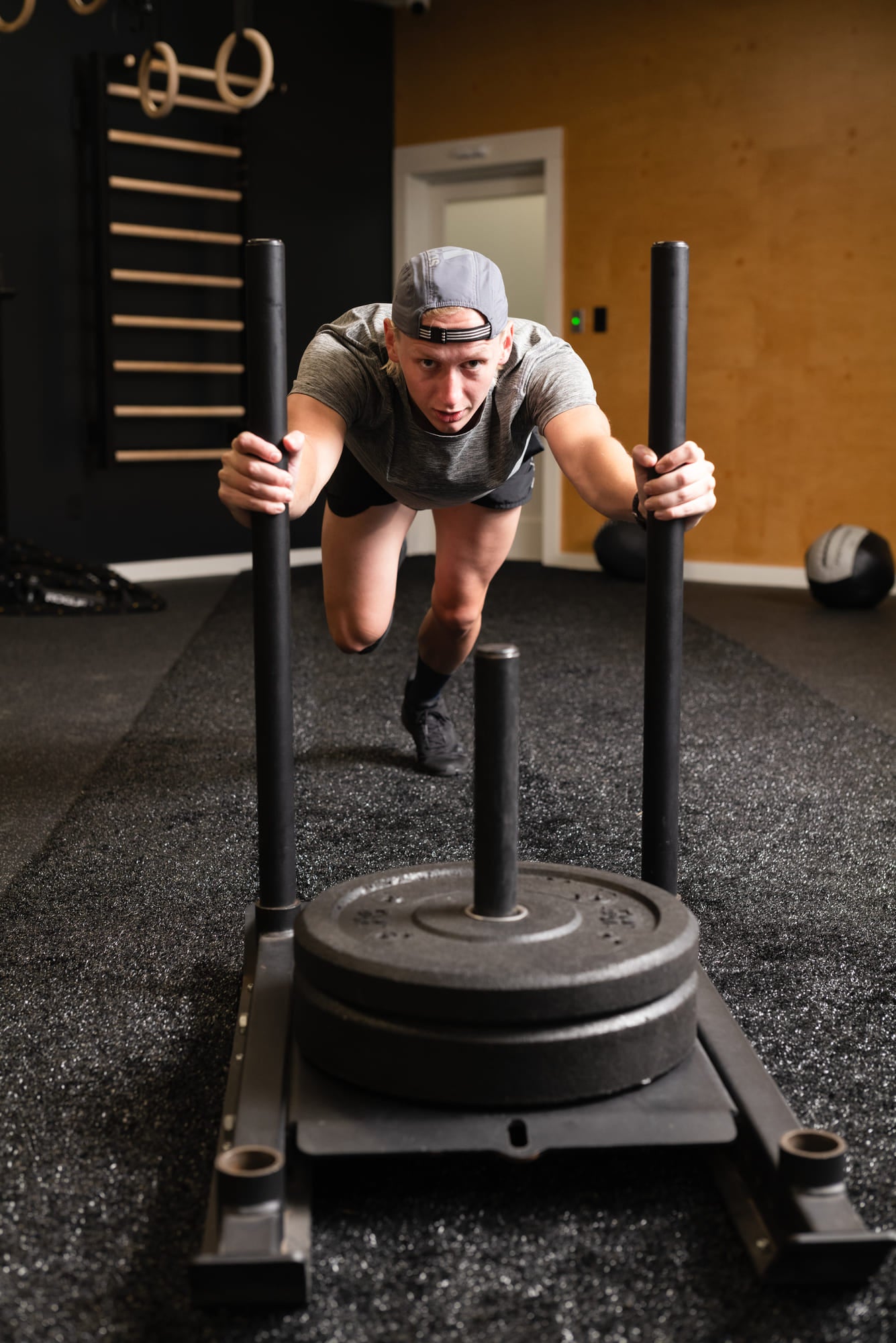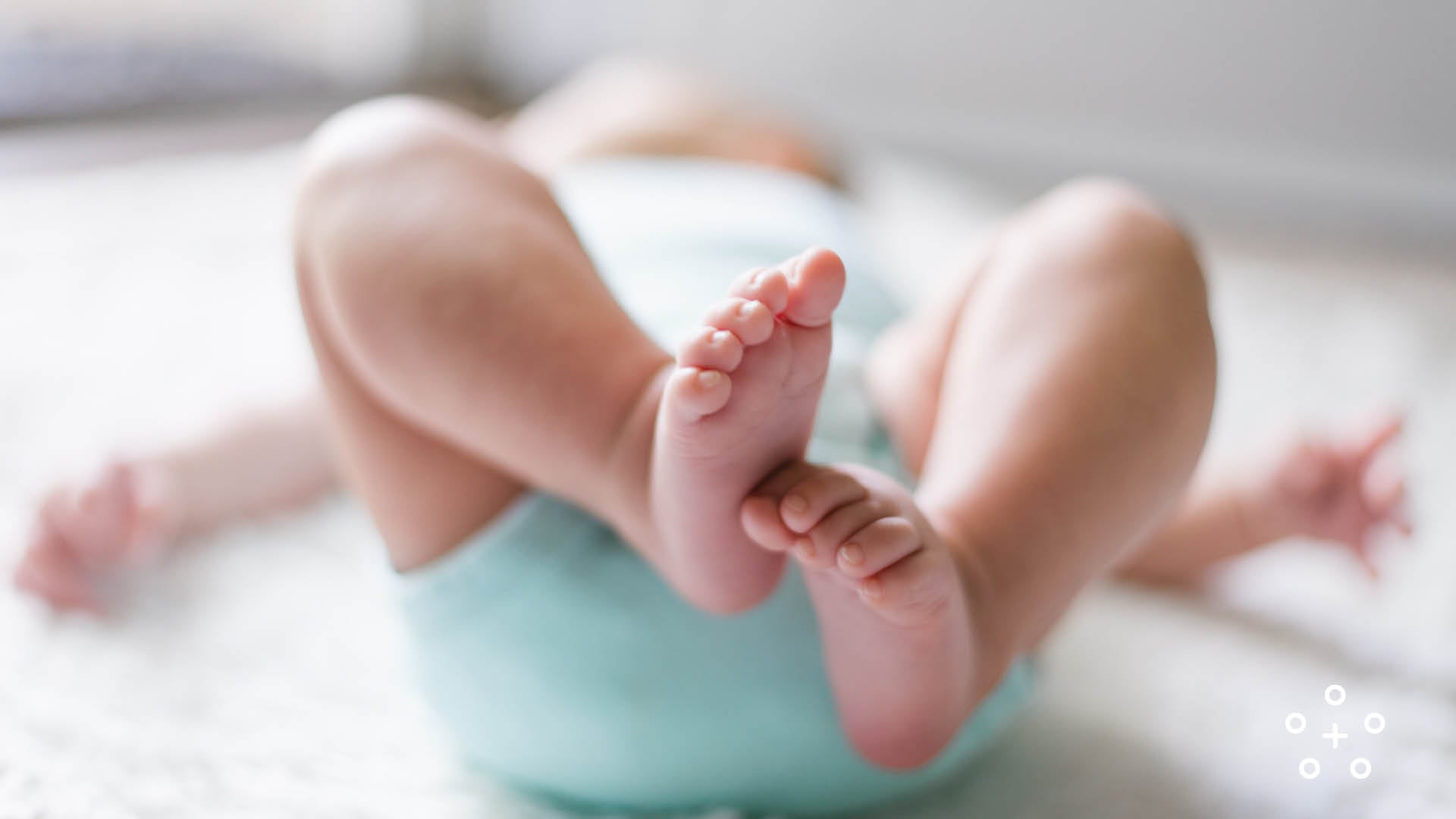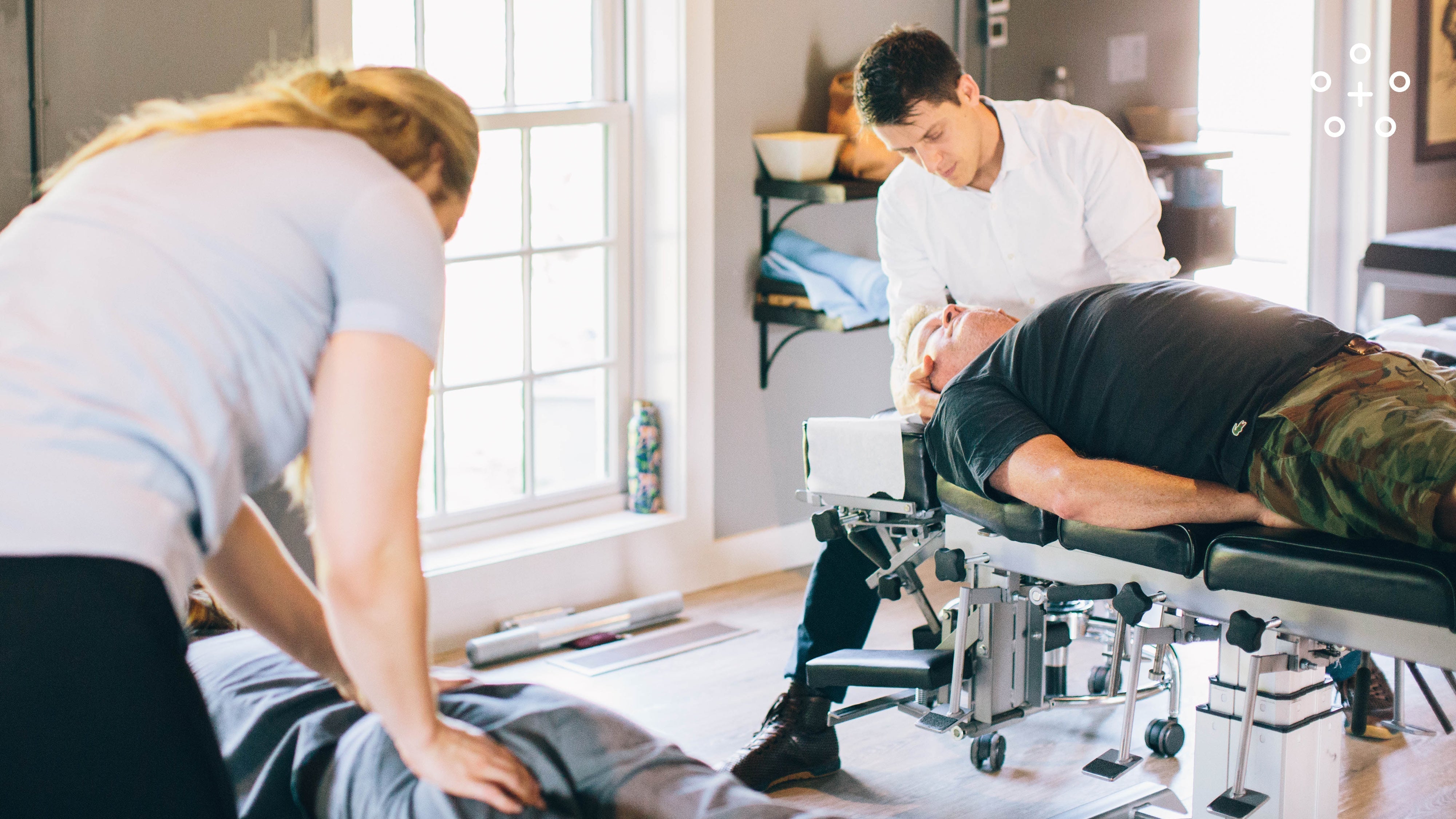Tickle tickle that little foot! It’s one of the first things we do to babies because it’s one of the first things we can do for them to respond. Young infants can't do much, so tickling is fun and it's so cute when they move their foot. That foot movement is really a reflex (one of two reflexes). The most well known of the two reflexes is Babinski and the less known plantar grasp.
The Babinski reflex presents for the first year of life. During that time it's typically stronger than plantar grasp reflex, so you often don’t see the plantar grasp reflex until later on (but it's there). When you stimulate the bottom of your baby’s feet and their toes move away and out, that’s the Babinski reflex. When you stimulate the bottom of your baby’s feet and their toes curl in, that’s plantar grasp. Plantar grasp is similar to the palmar grasp reflex in your hand.
Like other infant reflexes (also known as primitive reflexes), they are only around for a short period of time and should be gone by the age of 1 (plantar grasp lasts a little longer). If they are retained, this is a sign of an under matured brain and can lead to problems later on in life. Babinski reflex is a sign of the adequacy or inadequacy of your central nervous system. Our central nervous system is also tied to our sensory, vestibular, proprioceptive, and visual systems. It could be the reason for a child’s poor balance, coordination, tracking, hand-eye coordination, sensory sensitivities, and other issues in the classroom.
Signs of a retained plantar or Babinski reflex are:
- Toe walking
- Issues with proprioceptive and vestibular systems
- Muscles in the back of the legs are affected, altering gait
- Trouble with balance
- Gravitational insecurity
- Trouble with vestibular, visual, and sensory systems




